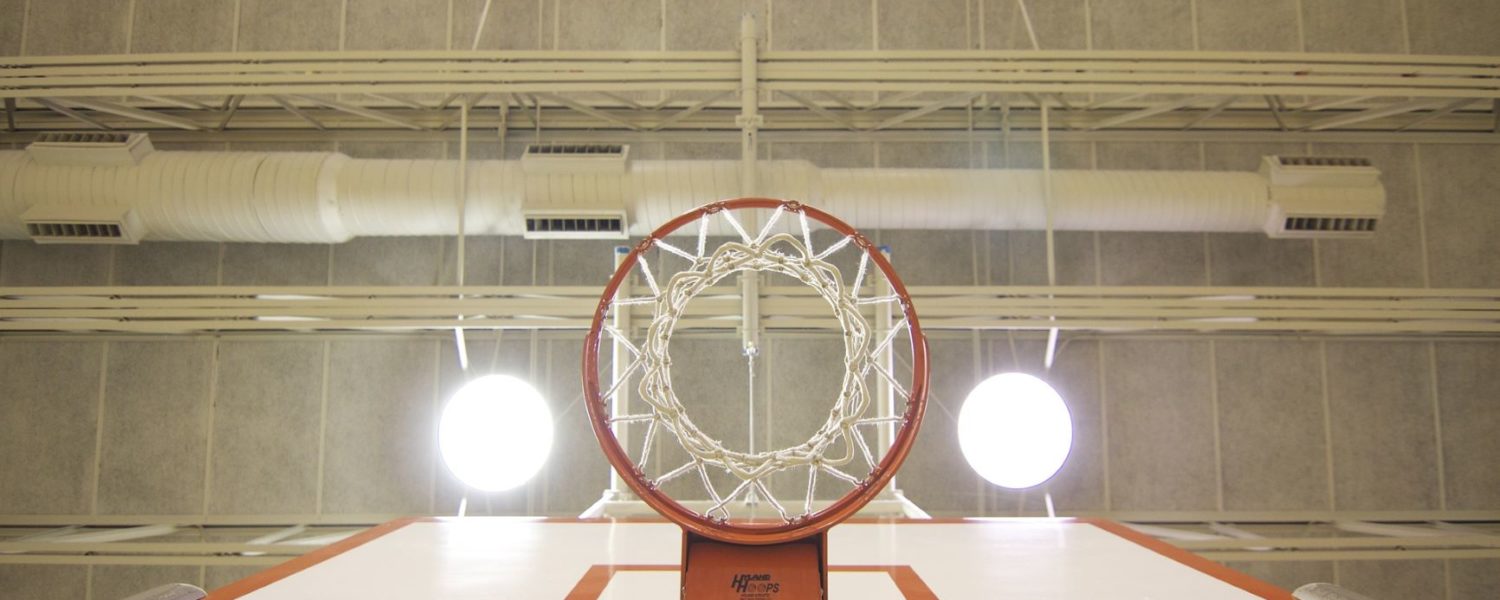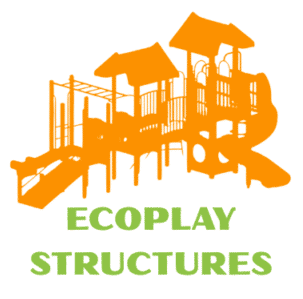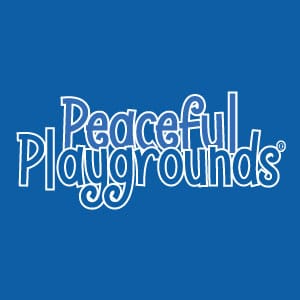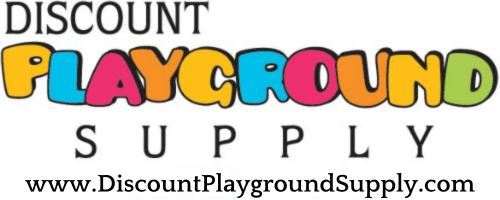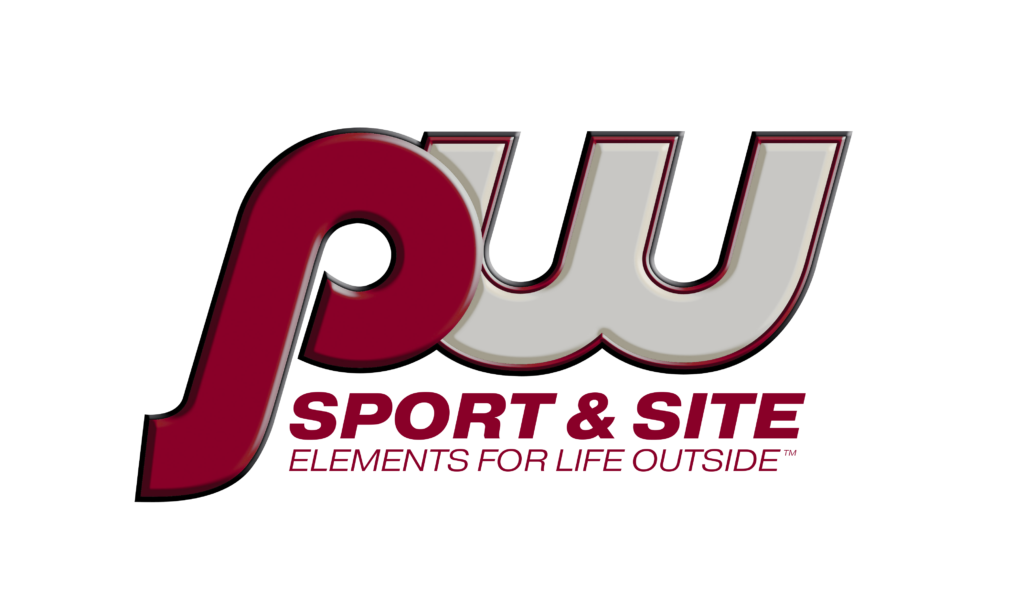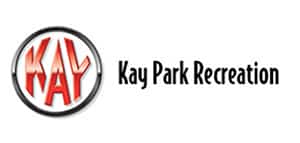By Ben Landers
It can be overwhelming trying to figure out what PE equipment you should have, as you try to decide what to spend your money on and how to make good decisions that will give the biggest benefits to your students.
Before you start to order equipment, think about planning an outline of your yearly PE curriculum or scope and sequence of the units you plan to teach. Ultimately, you probably won’t be able to fit everything into the time you have your students, so you will need to prioritize the things you think your students will get the most use out of and, of course, what you’ll be able to teach with the equipment you have or can afford to order.
TECHNOLOGY
If the last couple of years of online and hybrid learning have taught us anything, it’s got to be the importance of technology and how it can be used as a tool for learning.
A Stereo + Music
If you have ever tried playing a game or doing an activity with music vs. without music, you know the energy change is very noticeable when you pump up some jams. I would recommend having a speaker with Bluetooth capabilities so you can play music from an iPod or iPhone. This allows you to teach all over your space. If you’re teaching outside, I recommend looking into a battery-powered portable speaker.
A TV or Projector
Getting a big-screen TV in my gym was a game changer for my PE program. Since then, I’ve been improving my curriculum with supplemental slideshows, visuals and videos that give students awesome demonstrations and explanations during each unit. PE is a visual subject, so you have to be able to see a skill performed correctly in order to learn how to do it yourself. Instead of demonstrating something over and over again, I can now put a skill up on the TV and have students practice it while I give them feedback.
A Wireless Mic
I taught for a long time without a wireless mic, but now that I finally have one, I don’t think I could go back. Not only does it save you so much energy and damage to your vocal cords from having to yell so kids across the gym can hear you, but it allows you to save instructional time by stopping students when they’re spread out in open space and give feedback without making everyone come in and huddle up so they can hear you.
iPad
While I don’t think having a tablet is essential, it is definitely very useful. There are a ton of ways to enhance your instruction through the use of different apps that integrate very well with any PE program.
SPORTS EQUIPMENT
Ideally, you would have enough equipment for each student to have a piece of equipment to allow for maximum participation and less standing around or waiting in lines. But we all know that there is ideal and then there is real, and most PE teachers are teaching in a situation where they are limited by space, the amount of kids they have at once, or the amount of equipment that they have.
The Basics
* Polyspots: These rubber dots are awesome for spacing students out, creating boundaries and playing team-building games.
* Buckets: I use buckets during almost every unit. I have a big stack of 5-gallon buckets, as well as another big stack of big rope-handled buckets.
* Cones: If you’re teaching PE, you need lots of cones in various sizes and colors. I like using the multicolored cones for organizing different teams. We use dome cones a lot, too, especially if you teach outside. These are awesome for storage and portability.
Balls
There are so many different types of balls and uses for each type that it’s tough to even decide which ones you should start with, but the ones below are the ones I would probably go with for starters.
* Playground Balls: My favorite playground ball is the 8.5″ Poly PG Ball from Sportime. These are what I use for dribbling with my K-2 kiddos and also for teaching 4 square. They also make a great kickball.
* Gator Skin Balls: The 6″ Foam Coated Ball (dodgeball) is a staple for any throwing and catching activity because it’s easy for kids to grip with their small hands and bounces pretty well. It also doesn’t sting too badly if you get bonked on the head or smacked in the face during an activity.
* Slo Mo Balls: These have a longer shelf life than gator skin balls and have the same quality of being safe to throw around without worrying about anyone getting injured.
* Small Foam Tennis Balls: These hand-sized balls are great for throwing and catching activities, throwing at targets and paddle skills or striking with implements like hockey/bats. These are super safe in that when a ball gets hit from a bat or tennis racket, a student could take one of these to the face and be fine. Also, they are pretty affordable compared to other options since they are so small.
* Basketballs: It’s important to give kids a chance to learn the skills they’ll need to play some pickup games out at recess each day. I will always teach a basketball unit in my PE class because it’s one of the most accessible sports for kids to play.
* Soccer Balls: For the same reasons as basketball, I also teach my kids the basics of soccer so that they can jump in on a game out at recess.
Individual Pursuits
* Jump Ropes: I think jump rope is a great individual activity with a low cost of entry that anyone can try anywhere. It’s a great aerobic fitness activity and works on hand-eye coordination, as well.
* Hula Hoops: Another PE classic, hoops work great as a station activity and for fun games. I personally love 36″ no kink hoops and think they are much easier for kids to learn with than the smaller 24″ hoops.
* Lightweight Badminton Nets: These are more lightweight than volleyball nets and have less issues with sagging. I screwed some hooks into my wall and use bungee cords to put these nets up at different heights for tennis or volleyball type games.
* Balloons: For the price, you can’t beat balloons for striking units or striking activities.
* Noodles: I find these every year at the Dollar Store and buy a big box of them. They are great for tons of games and activities and can be cut down to different sizes.
STORAGE
Storage and organization are important parts of any PE equipment closet. I use clear Rubbermaid containers to make it easy to find everything quickly and see at a glance where all of my equipment is located on the shelves in my equipment closet. I also really like having storage carts on wheels or even trashcans with wheels to make it easy to roll out in the morning and back into the closet at the end of the day. And, don’t forget about buckets for storage of balls or rackets.
Finally, one important thing I do each year at the end of the school year is to take an inventory of any equipment that needs to be replaced and then think through what kinds of things I want to add to my closet. The better you can take care of your equipment and teach your students to use equipment responsibly, the less you need to replace and the quicker you can grow your program.
Ben Landers is a K-12 certified Physical Education teacher and has been teaching K-5th PE since 2007. He started ThePEspecialist.com in 2014 to provide an amazing resource for teachers.


